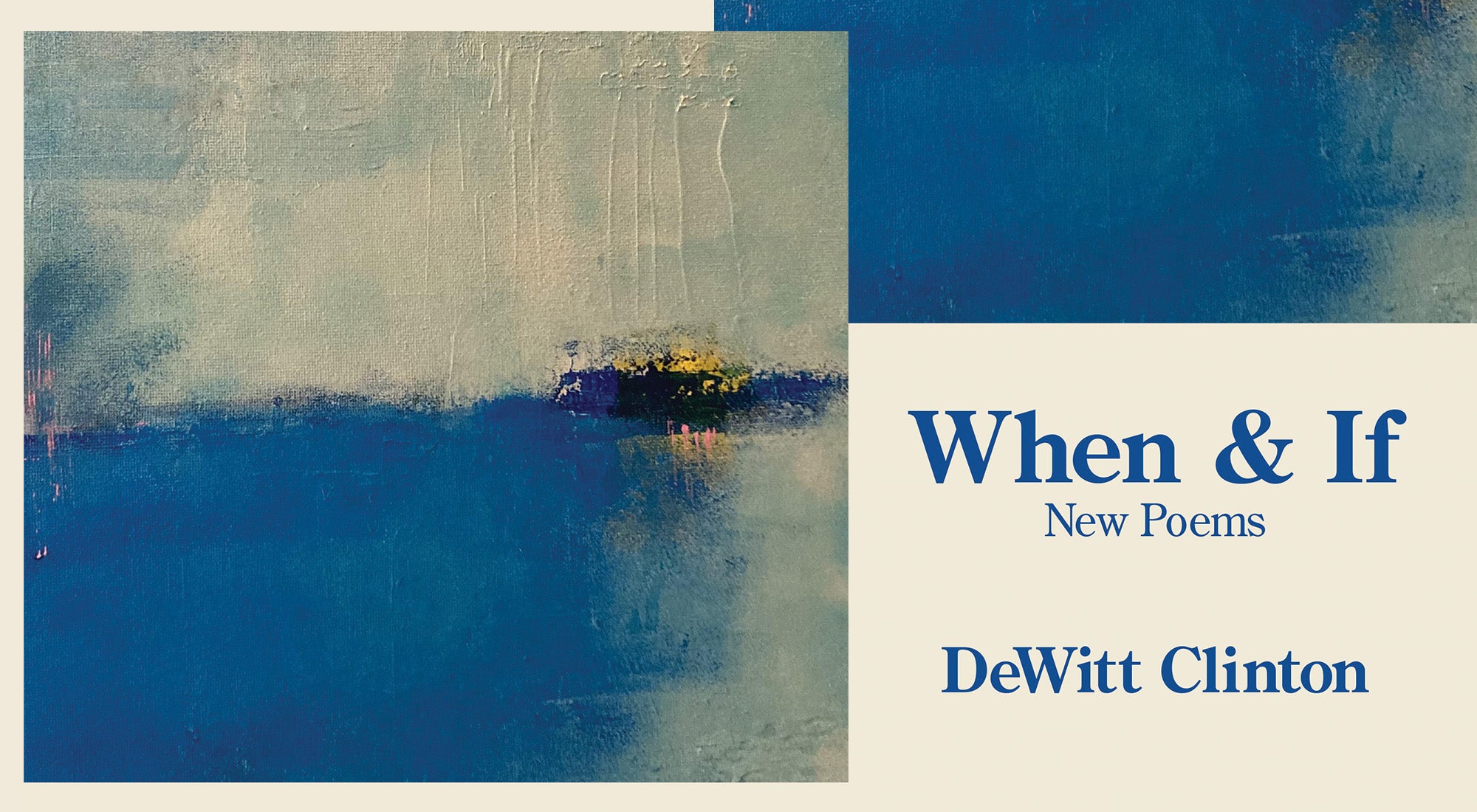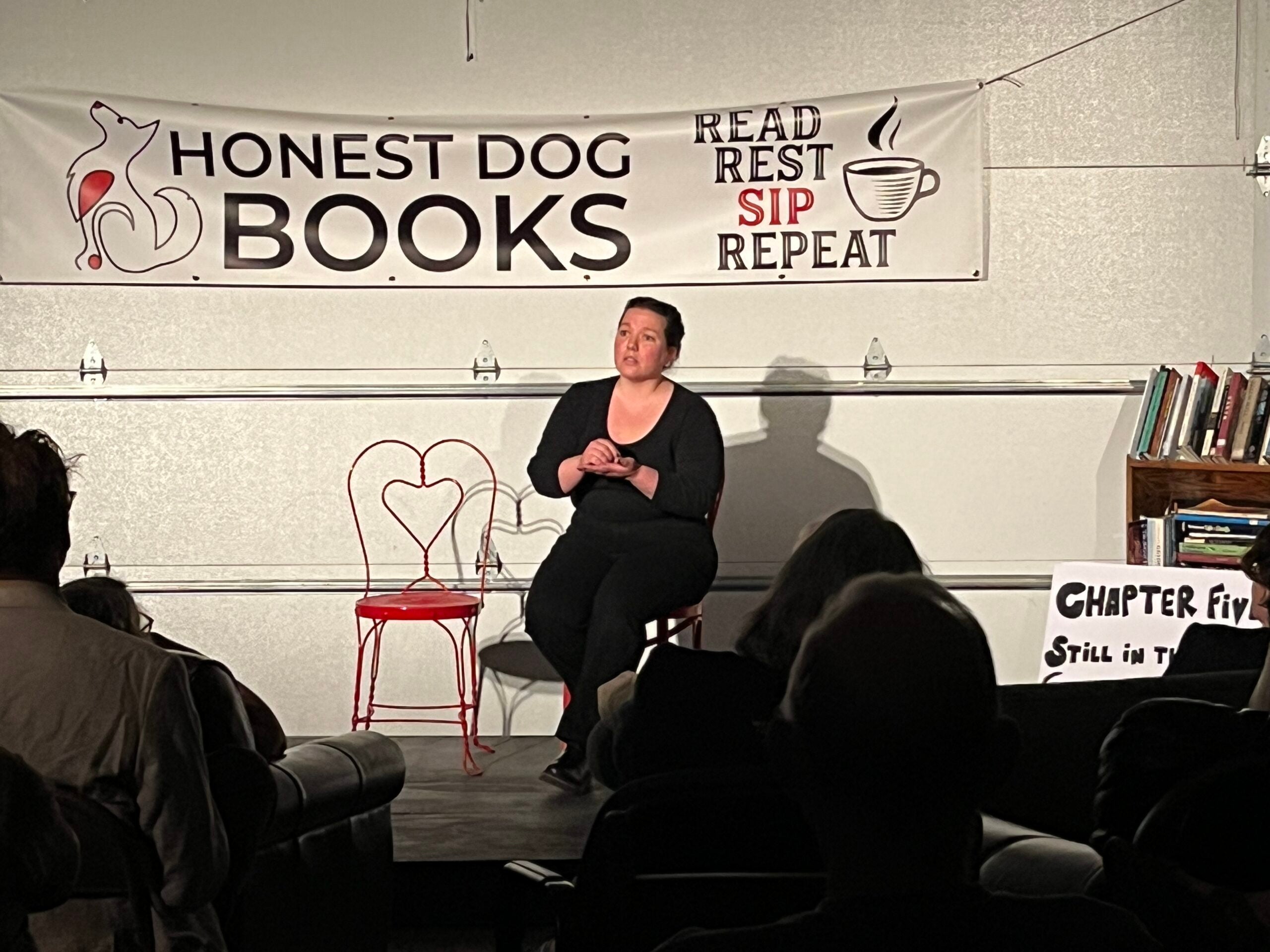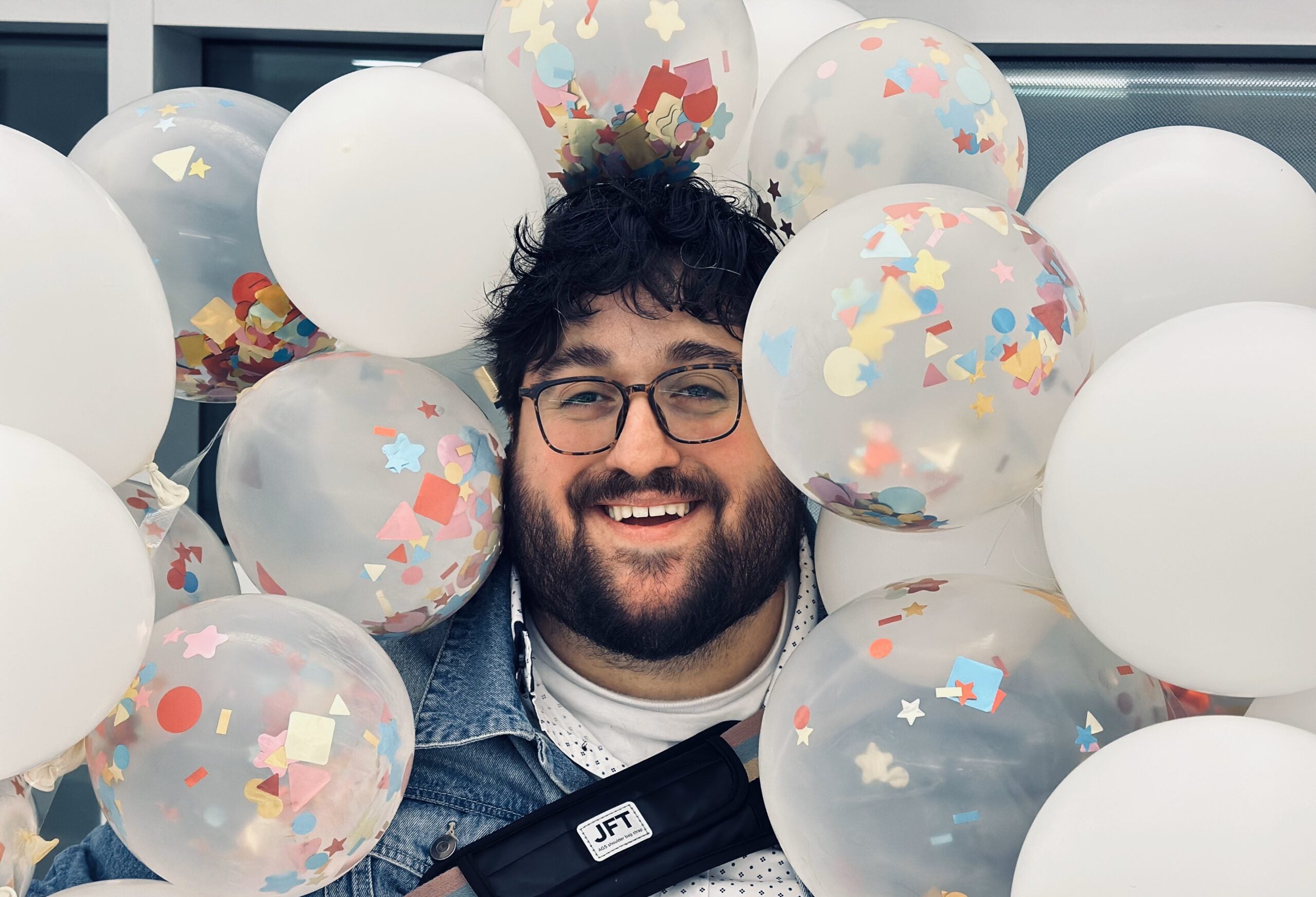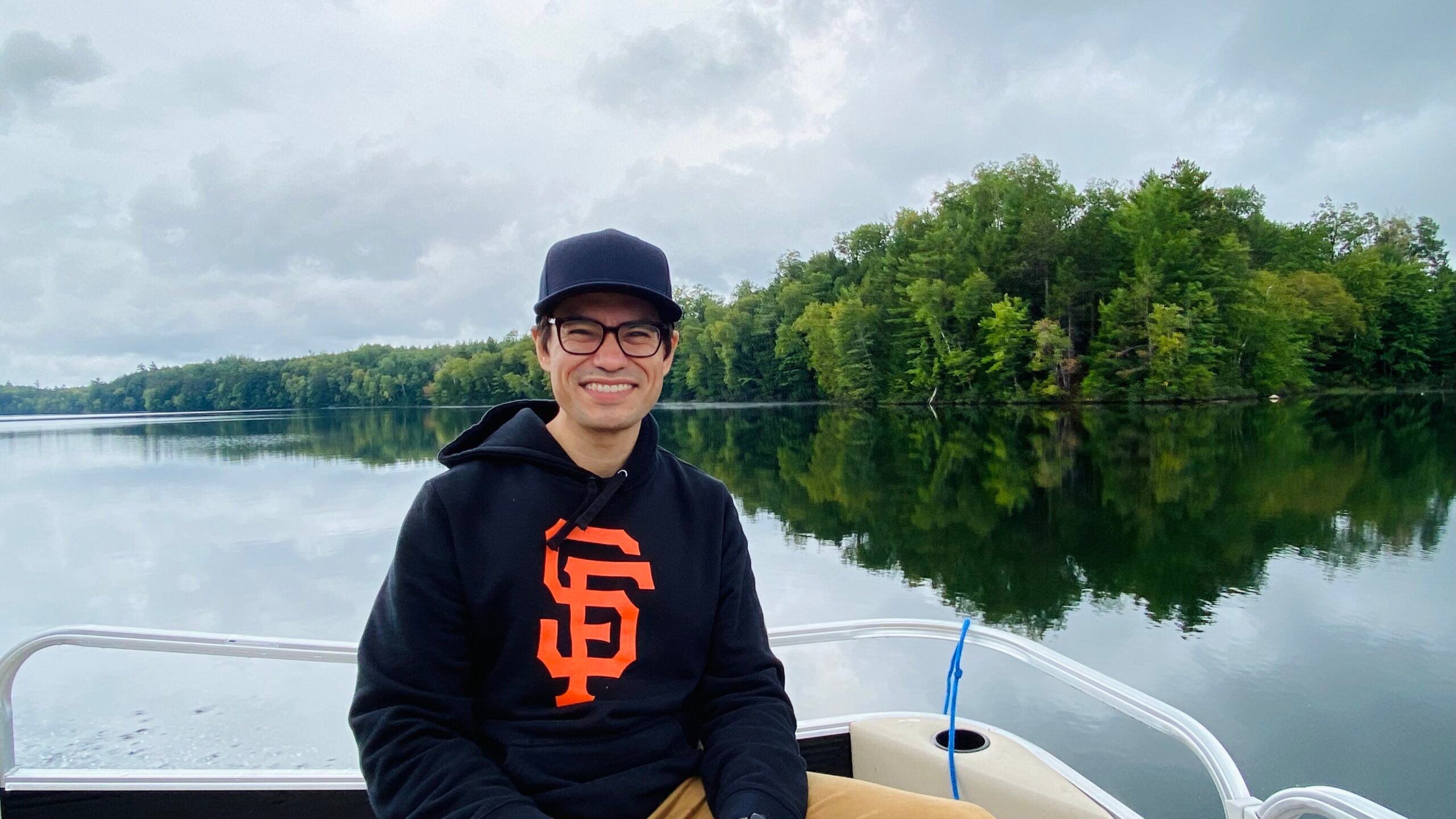Actor Calahan Skogman isn’t shy about showcasing his Wisconsin roots.
The working actor recently released his debut novel “Blue Graffiti.” The book follows a construction worker and painter named Cash as he falls for a stranger who stops in his hometown — the fictional small town of Johnston, Wisconsin.
Skogman said the book is a love letter to small town Wisconsin and small town America. He’s from Seymour, in the Green Bay area.
News with a little more humanity
WPR’s “Wisconsin Today” newsletter keeps you connected to the state you love without feeling overwhelmed. No paywall. No agenda. No corporate filter.
“I wanted to bear witness to the people that I love so much from there, the people that I’ve had a lot of time to reflect upon,” Skogman told WPR’s “Wisconsin Today.”
“I’m so thankful and feel so blessed to have grown up where I did, and in an area of America that really gave me the freedom to explore and adventure and dream and kind of instill this longing into everything that I do,” he added.
The 30-year-old actor had his big break in 2021 with the Netflix series “Shadow and Bone.” Skogman played Matthias Helvar, a quiet soldier torn between his duty to hunt people known as the Grisha and his budding relationship with a Grisha woman named Nina.
Skogman says characters like this — strong but sensitive — are “a wheelhouse” for him.
“It’s these characters that have an exterior of strength, or maybe they’re reserved and quiet or stoic and have this fierceness about them, this protective loyalty about them,” Skogman said. “But underneath it all, they have this kind of sensitivity and kindness and loyalty and open-hearted nature towards the world around them.”
Skogman spoke with “Wisconsin Today” about his novel and how he brings Wisconsin to screens big and small.
The following was edited for clarity and brevity.
Kate Archer Kent: The Midwest is sometimes called “flyover country.” Does Hollywood get the Midwest?
Calahan Skogman: The Midwest can be a little bit forgotten or a little bit stereotyped. The real fabric of life there can sometimes be missed or misunderstood or mysterious to people that don’t spend a lot of time there.
After I moved from the Midwest and went out to Los Angeles, it became apparent to me that there was a distance between life there and in the bigger cities and the coasts and life where I was from.
So I think with “Blue Graffiti,” I wanted to really capture the truth of it all and do justice to it and to get into the nuance and the complicated life that can be sometimes painted as simple from an outside observer.
KAK: Jimmy’s Place, where so much of “Blue Graffiti” takes place, seems to be like a magnet for the town. We keep coming back to it. You call it at one point “the most special spot in America.” How does bar culture affect small town life in Wisconsin and how you approach it in your novel?
CS: It was something that affected me profoundly growing up, because I often found myself wandering in and out of them with my younger friends.
Growing up, I was really into basketball, and we had traveling teams that took us all over the state. Oftentimes after a tournament, we’d wander into bars like these all across Wisconsin with our parents as they kind of commune together and celebrate. We would run around and create our own adventures, but we would be these little witnesses of everything that made places like that special.
I remember watching my parents interact with the other adults, and they seemed so magical to me and so large and kind of my heroes. I always long to understand what it was that brought them together and made them who they are and where they came from and why it was so magnetic to be in these places.
That’s something that I wanted to imbue with Cash. Jimmy’s Place is a place where he goes back to, gets centered, feels aligned and in the pocket and at home.
KAK: Does being a published writer make you a better actor?
CS: The two art forms are intrinsically linked in a lot of ways that might surprise people. It’s artistic expression, certainly, but also this interest in growing and seeing the world in as many ways as I can, and experiencing the joys and the failures and the risks and the heartaches. I just love pursuing life this way. All of that fuels both art forms.
KAK: You’ve described your role of Matthias on the Netflix series “Shadow and Bone” as a role that changed your life. What have you learned from being in that big production like that?
CS: That show really forced me to enter into a sphere of bravery that I didn’t know I necessarily had in me. It thrusted me into this artistic landscape of facing my fears and facing this incredibly large conquest of acting in a Netflix show.
I was coming out of a (master’s of fine arts) program and I didn’t even have a professional credit to my name. So it really thrusted me into this space and was like, “All right, Calahan, you’ve got to step up to the plate. You’ve got to be ready for this, and you can do it.” It instilled in me a confidence through experience.
It’s also been incredibly humbling and a journey that’s filled me with a lot of gratitude, because I didn’t anticipate how many people love “Shadow and Bone” and would, by proxy, start to support me and love me. One of the best parts about the whole thing was that it gave me an opportunity to engage with so many more people and to spread love and kindness and create something that meant a lot to other people. It continues to be a really special part of it all, that the fans of “Shadow and Bone” have received me with open arms, and they’ve transitioned in a way where it’s like they’re very supportive of the novel as well. They just seem to be on board with my pursuits in general, which is tough for me to quantify or put words to. It means the world to me.
KAK: Give us a glimpse into the world of auditions and the world of casting. What is that like?
CS: Most everything with auditioning these days is self-tape. It’s all remote. You’re not going into rooms anymore and walking in there and introducing yourself to the casting team and having that moment of humanity before you even get started. So in a lot of ways, it’s made things a lot easier. You can travel around and do everything remotely until you’re actually needed in the city for maybe a callback or something. But at the same time, we lose a special part of the process where you get to show them who you are for a beat before you get into the scene, which is always exciting. That was always nerve-racking, but really fulfilling as well.
You’ll get an audition or an opportunity, and you put yourself on tape no matter where you are. Like right now, I’m on this book tour and I filmed an audition this morning, and I had to ask my uncle if he’d read the other part and set it up in the basement. (You) try to navigate the natural light and find a cohesive, clean background. And then you do the tape. I do them with my uncles and my aunts or my friends who don’t know anything about acting. And you just try to put something great on tape, and then you send it off.
It’s very rare that you even hear anything back. It’s a very cutthroat process, you have to get used to sending it out into the void and just being proud of what you do and having that fulfill you, because if you’re looking for fulfillment on the other end, that’s a whole different thing and it very rarely comes. (Try to) be proud of your work, have fun doing the auditions and the self-tapes and sending them out and trust that what will be will be, and when your opportunity arises, that you’re ready for it.
Wisconsin Public Radio, © Copyright 2025, Board of Regents of the University of Wisconsin System and Wisconsin Educational Communications Board.







